Are you dreaming of a beautiful garden full of color and life, bursting with vibrant azaleas? As a beginner or experienced gardener looking to create the perfect outdoor oasis for your home, knowing what plants you can grow in different climates is essential. Learning whether or not azaleas can thrive in various environments is key when considering this beloved flowering shrub; luckily we’ve done the research for you! Read on to learn more about planting azaleas outside, from ideal sun exposure to winter hardiness- explore how this remarkable plant will bring beauty and life into your garden .
Azaleas Plants
Azaleas belong to the Rhododendron genus, which consists of over 800 species. [1] These perennial plants have a rich history and are native to several continents, including Asia, Europe, and North America.
The first recorded mention of azaleas dates back to ancient Chinese literature, where they were revered for their vibrant blossoms and were a staple in traditional Chinese gardens. However, their popularity truly exploded when they were introduced to Europe in the 18th century, particularly in England and Belgium, where they were cultivated and hybridized extensively.
Over the centuries, azaleas have spread across the globe, and they can now be found in virtually every corner of the world. They are grown in a wide range of climates, from the temperate regions of the northern hemisphere to the subtropical and tropical regions of the southern hemisphere. With the right care and attention, these beautiful plants can thrive in a variety of environments and bring a splash of color to any garden.
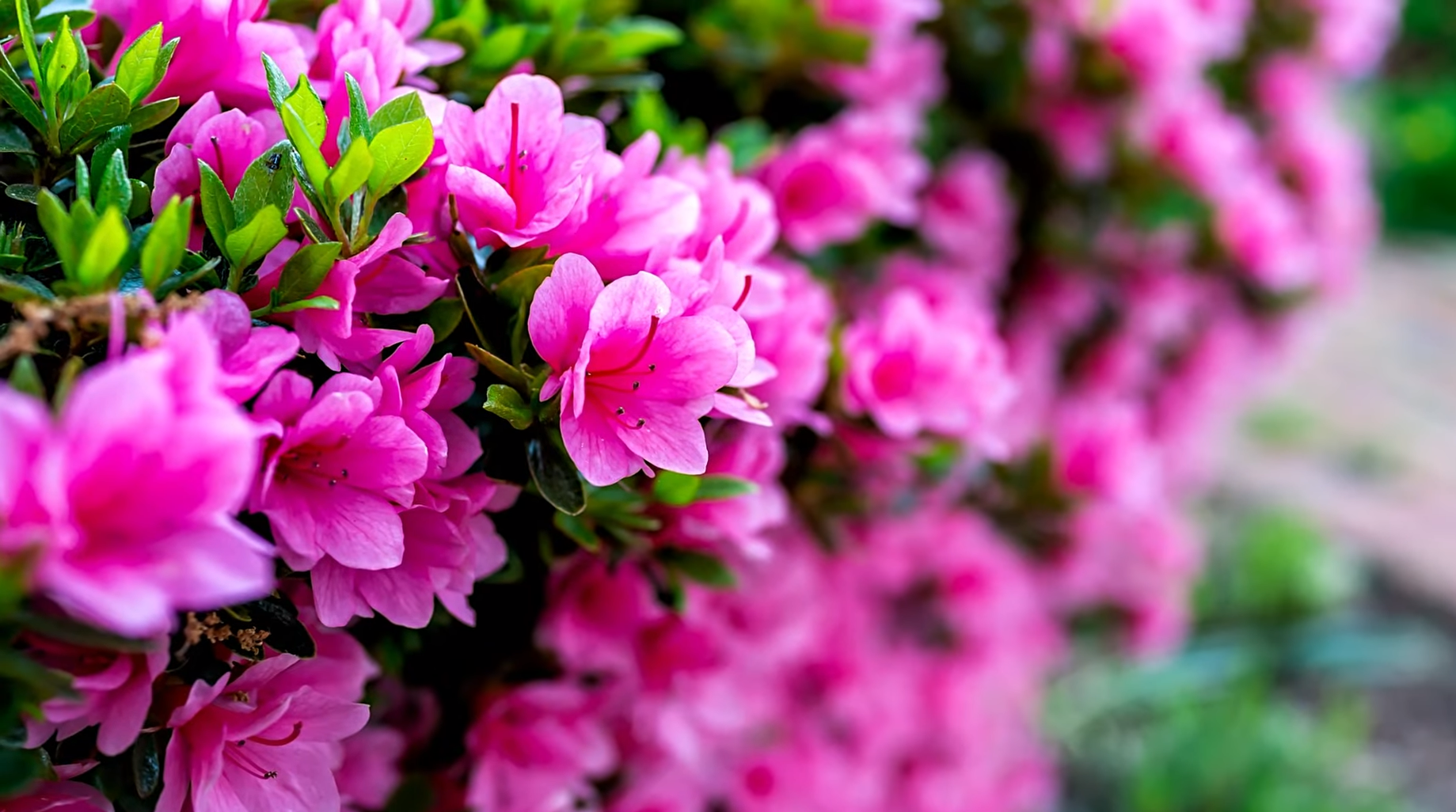
Characteristics & Types
Azaleas are renowned for their vibrant and diverse array of flower colors, ranging from white, pink, and red, to purple, orange, and yellow. The flowers often appear in clusters, providing a dense display of color, particularly in spring when most azalea varieties bloom. Azalea foliage typically presents as dark green leaves, which provide a stunning contrast to the striking blossoms.
There are two main types of Azaleas: Deciduous Azaleas and Evergreen Azaleas.
- Deciduous Azaleas: These azaleas lose their leaves in the autumn, as the name suggests. They are native to North America and are admired for their ample, frequently fragrant flowers. They also add a burst of color in the fall when their leaves turn to vibrant hues of yellow, orange, and red.
- Evergreen Azaleas: These azaleas, native to Asia, retain their leaves throughout the year. They are particularly loved for their abundance of smaller but dense flower clusters. The Kurume and Satsuki hybrids are among the most popular types of evergreen azaleas.
Popularity of Azaleas as outdoor decoration
Azaleas have long been a favorite choice for outdoor decorations due to their vibrant blooms and resilient nature. They are often seen in residential landscapes, public parks, and botanical gardens – their bursts of color adding a sense of vibrancy and life. Azaleas also have a place in cultural events and festivals; notable examples include the “Azalea Festival” in Wilmington, North Carolina, and “Nezu Shrine Azalea Festival” in Tokyo, Japan. Both events celebrate the azalea bloom in spring, attracting thousands of visitors who come to admire the sea of color.
Furthermore, azaleas play a significant role in bonsai art due to their small leaves and the variety in form and color of their flowers. They are often a top choice for bonsai enthusiasts, creating beautiful miniature trees that are a delight to behold. In short, the popularity of azaleas extends beyond their native territories, capturing the hearts of people worldwide with their beautiful, vibrant blossoms and versatile nature. Whether planted in a garden or grown as a bonsai, azaleas offer a captivating charm that few other plants can match.

Considerations Before Planting Azaleas Outside
Before planting azaleas outside, several key considerations must be taken into account to ensure the plants’ healthy growth and longevity. Firstly, the soil quality and pH level are critical, as azaleas thrive in well-drained, acidic soil. Amending the soil with organic matter like compost or peat moss can help achieve the desired level of acidity.
Secondly, the location and light exposure should be carefully determined; azaleas generally prefer partial sunlight and should be protected from harsh afternoon sun. Thirdly, the planting time is crucial, and spring or early fall is often the best time to plant azaleas. Lastly, regular watering and fertilizing are necessary to promote growth and maintain vibrant blooms, although over-watering and excessive fertilization should be avoided as they can lead to root damage. By paying attention to these considerations, gardeners can create an ideal environment for azaleas to flourish.
Steps to Successfully Plant Azaleas Outside
To effectively establish azaleas in an outdoor setting, it is necessary to adhere to several straightforward procedures. These steps will guide you in establishing your azaleas in the garden, ensuring they receive the proper care necessary for beautiful and prolific blooms. Explore the procedure to grasp the steps for establishing an ideal setting for your azaleas.
Planting Timing
The timing of planting azaleas plays a critical role in their healthy establishment and future growth. Azaleas, like many other plants, benefit significantly from being planted in certain seasons when environmental conditions are most favorable. Typically, azaleas are best planted during the spring or early fall season. [2] During these time frames, the climate offers moderate temperatures and elevated rainfall levels, creating ideal circumstances for root development and establishment.
Planting in the height of summer or dead of winter can expose young azaleas to extreme temperatures and moisture levels, potentially stressing the plants and impeding their growth. Moreover, planting in the early morning or late afternoon can shield the azaleas from the harsh midday sun during the initial planting process.
Therefore, careful consideration of the planting time can vastly enhance azalea planting success, contributing to a garden filled with vibrant, blooming azaleas year after year.
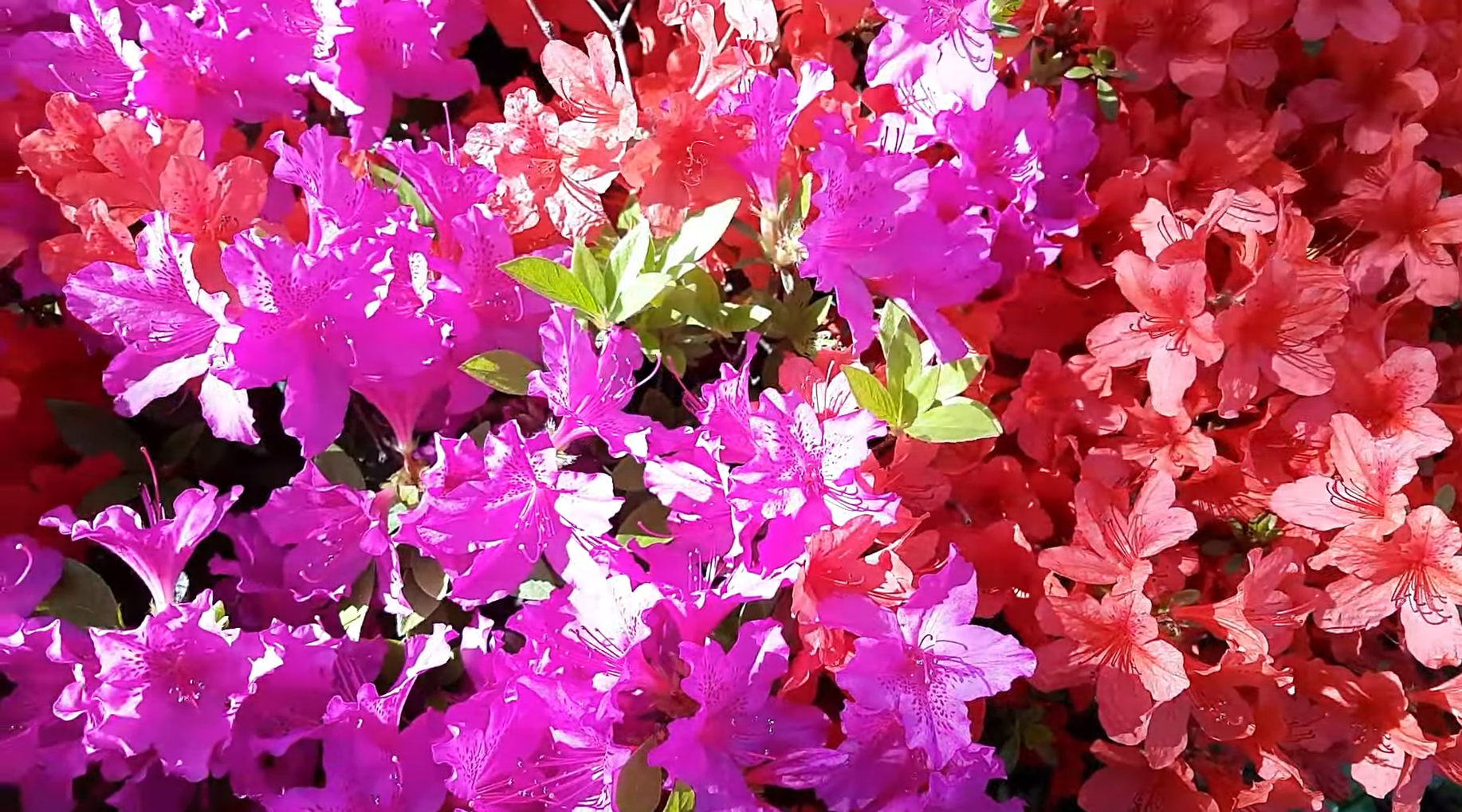
Location Selection
Selecting the ideal location for your azaleas is as crucial as determining the right planting time. The location has profound implications on your azaleas’ health and blooming potential. Azaleas thrive in partially shaded areas, with dappled sunlight being the best. The shade protects them from the scorching midday sun, which can cause leaf scorch, whereas the dappled sunlight will stimulate ample blooming.
Azaleas prefer well-drained, humus-rich soil with a slightly acidic pH (around 4.5 – 6.0) when it comes to soil conditions. [3] A location that has standing water or is prone to water-logging should be avoided as it can lead to root rot, a common issue with azaleas.
Lastly, the location should resonate with the aesthetic of your garden. Azaleas are stunning plants that can provide a focal point in the landscape. Therefore, choose a location where they can be easily seen and appreciated. By judiciously selecting the location, you can significantly enhance your azaleas’ health, longevity, and aesthetic impact.
Soil Preparation
Soil is more than just dirt; it’s a complex ecosystem that provides plants, like azaleas, with nutrients, water, and air. The type of soil you use for planting azaleas can significantly influence their growth and blooming performance.
Choosing the right soil is critical. The soil should have good drainage, contain ample organic material, and possess a slightly acidic pH level. The reason for these specific requirements lies in the natural habitat of azaleas. These plants are native to woodland areas where they grow under the canopy of trees in a carpet of decomposing leaves and other organic matter. This organic matter keeps the soil well-drained while also making it rich and slightly acidic.
To get the soil ready for planting, it is recommended to enrich it with natural materials such as compost or leaf mold. This will enhance the soil’s composition, promoting proper drainage and nutrient enrichment. If you are dealing with alkaline soil, you can decrease the pH level by incorporating sulfur or peat moss.
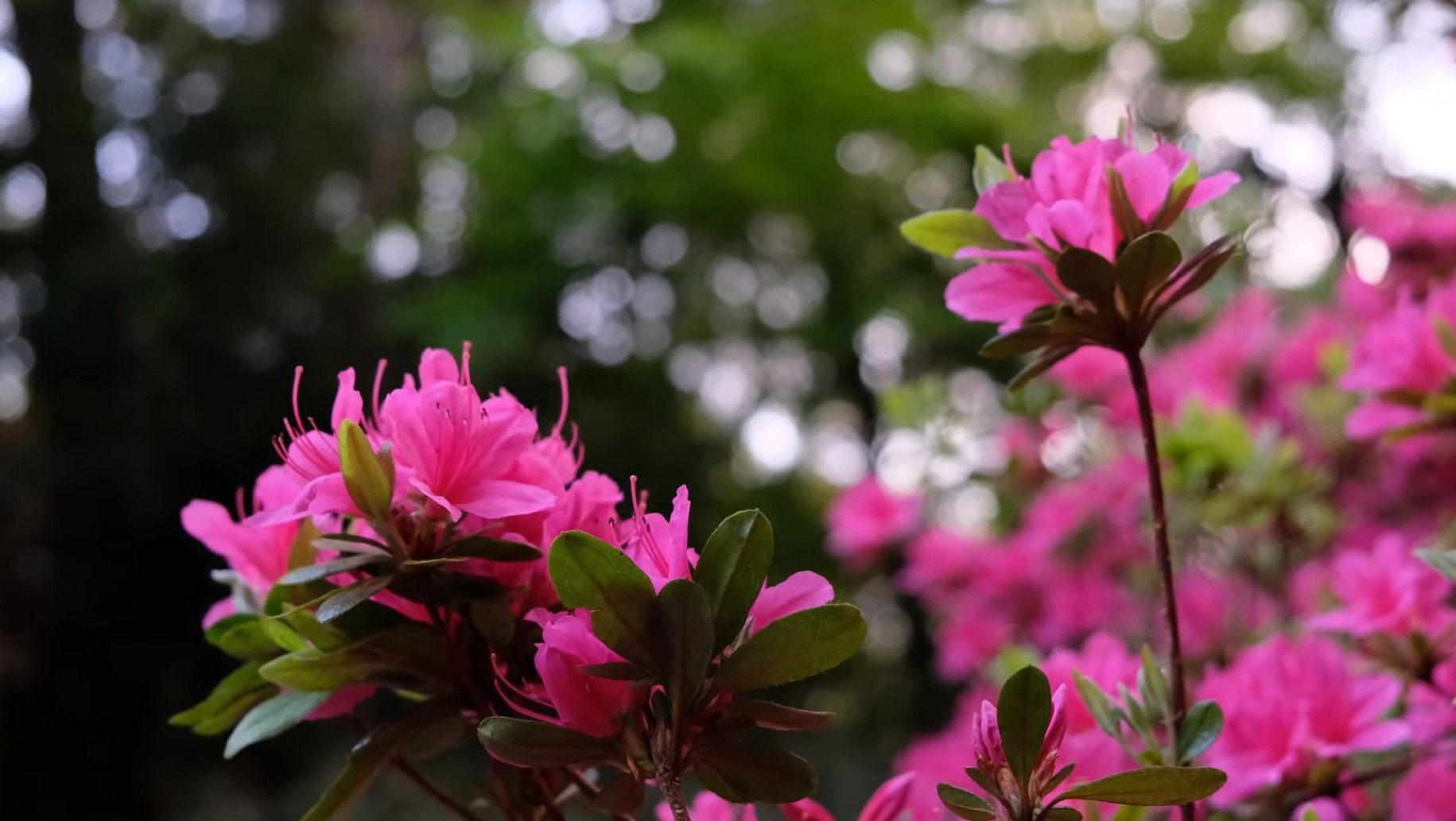
Growing Technique
Follow these instructions to plant your azaleas:
- Dig a hole: Begin by excavating a hole that is twice the width and equal in depth to the root ball of your azalea shrub. This ample space ensures sufficient area for the roots to expand and settle into the ground.
- Place the plant: First, position your azalea plant at the center of the hole. The top of the root ball should be even with or slightly higher than the soil surface. By following this approach, you can prevent the plant from being buried too deep, which may result in root decay.
- Backfill the hole: Refill the hole surrounding the root ball using the soil previously excavated, combined with natural elements. Gently compact the soil to eliminate any trapped air pockets.
- Water the plant: Once you have finished planting, thoroughly water your azalea. This will aid in the soil settling around the roots and guarantee that your plant begins its new journey well-nourished.
- Apply mulch: In the end, spread a layer of organic mulch around the plant, about 2-3 inches thick. This will help keep the soil cool, maintain moisture, and prevent weed growth.
By following these steps, you can ensure that your azaleas have the best start in their new home. Remember to keep an eye on their water and nutrient needs as they grow, and you’ll enjoy their stunning blooms for years to come.
Watering and Mulching
Watering and mulching are two crucial aspects of azalea care. They not only impact the health and vitality of the plant but also influence its ability to produce vibrant, plentiful blooms.
Watering
Azaleas thrive in soil that is consistently damp, but it is crucial to avoid excessive watering as it may result in root rot. Water your plants deeply and thoroughly, usually once a week, or more frequently during hot, dry weather. Ensure that the water penetrates deep into the soil to encourage the growth of deep, strong roots. A good rule of thumb is to water until the soil feels damp at a depth of about one inch.
Mulching
Mulching serves several important functions in azalea care. It helps to retain soil moisture, keeping the roots cool in hot weather and warm in cold weather. It also prevents the growth of weeds that could compete with your azaleas for nutrients. Organic mulches, such as pine bark or compost, can also improve soil structure and nutrient content as they decompose. To mulch your azaleas, apply a 2-3 inch layer of your chosen mulch material around the base of the plant, taking care not to mound it against the stem as this can encourage rot.
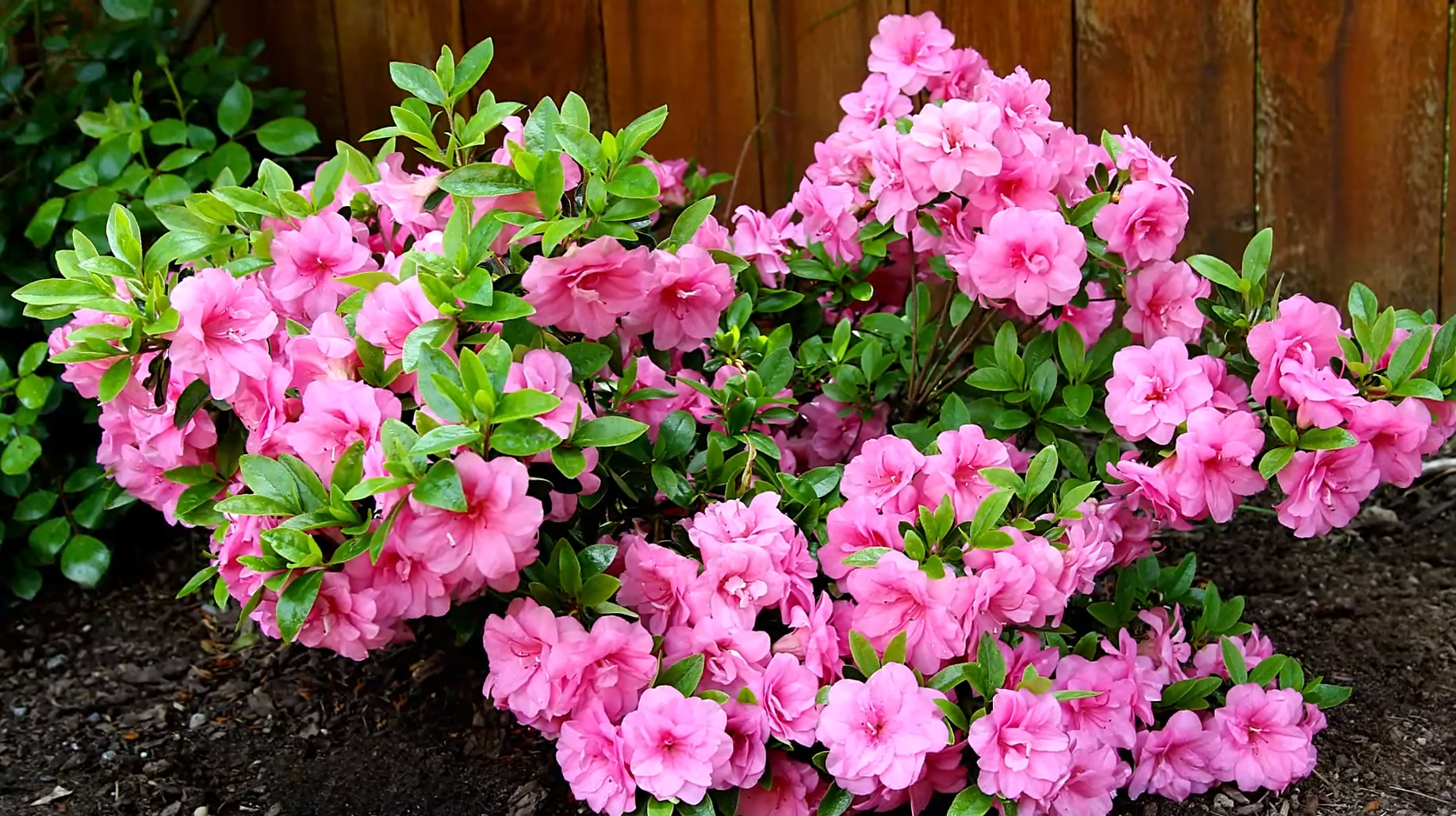
Caring for Outdoor Azaleas
Taking care of outdoor azaleas need not be a challenging task if you keep a few key tips and lifehacks in mind.
- Node Pruning: Pruning is beneficial for azaleas as it encourages a fuller growth and enhances blooming. Try pruning just above a leaf node (the point where the leaf connects to the stem), as this can encourage the plant to branch out.
- Perfect pH: Azaleas thrive in soil that has a slightly acidic pH level ranging from 4.5 to 6.0. You can use a soil test kit to check your soil’s pH and amend it with products like elemental sulfur or iron sulfate if needed.
- Partial Shade: Although azaleas are capable of enduring direct sunlight, they generally thrive in areas with limited exposure to shade. Too much intense sun can scorch their leaves and stress the plant. If your garden is particularly sunny, consider planting your azaleas in a location that offers some afternoon shade.
- Winter Protection: In colder regions, azaleas can benefit from some extra protection during the winter months. Consider covering them with burlap or using a temporary cold frame to protect them from harsh winds and freezing temperatures.
- Routine Inspection: Regularly inspect your azaleas for signs of pests or disease, such as discolored leaves, wilting, or holes. Early detection is crucial for effective treatment.
Decorative Ideas for Home and Garden
- Using Azaleas in Landscaping: Azaleas, known for their abundant blossoms, have the potential to serve as a prominent feature in gardens and outdoor areas. Discuss various landscaping ideas involving azaleas, such as creating visual interest through grouping azaleas of different colors, or using them as a border plant.
- Azaleas as Indoor Plants: Explore the idea of azaleas as indoor plants. Discuss the types of azaleas suited for indoor conditions, and how their care differs from outdoor azaleas. Explain how to incorporate them into indoor decor, perhaps as a centerpiece or as part of a plant collection.
- Azaleas in Container Gardening: Delve into the benefits and challenges of potting azaleas. This section can include tips for choosing the right pot and soil, maintaining proper watering, and protecting the plant in changing weather conditions.
- Crafting with Azaleas: Explore ideas for using azaleas in crafts, such as making azalea wreaths or pressed azalea artwork.
- Azaleas in Seasonal Decor: Discuss how azaleas can be part of seasonal home decor. From spring table settings adorned with fresh azalea blooms to winter decor featuring preserved azalea leaves, this section can provide inspiration for incorporating azaleas into every season.
Frequently Asked Questions
Can I plant an indoor azalea outside?
Yes, you can plant an indoor azalea outside, but it requires careful consideration and planning. Indoor azaleas, also known as florist’s azaleas, are generally more delicate than their outdoor counterparts. They need to be gradually acclimated to outdoor conditions. This can be achieved through a process called “hardening off,” where the plant is slowly exposed to outdoor elements over a week or two before being permanently planted. It’s also important to ensure the outdoor soil conditions, light exposure, and temperature are suitable for the specific variety of azalea. Remember, indoor azaleas prefer a cool, partially shaded spot and well-draining, acidic soil.
Where is the best place to plant an azalea?
Azaleas thrive best in spots that receive partial shade, particularly in areas protected from harsh afternoon sun. They prefer well-draining, acidic soil with a pH between 4.5 and 6.0. Locations near trees or structures that provide shade are often ideal. However, the area should also allow for plenty of air circulation to prevent the growth of mold or fungi. The site should be prepared with organic matter or a soil conditioner to enhance the soil’s capacity to retain moisture but also drain well. Remember, the root system of azaleas is shallow, so they should not be planted too deep. The top of the root ball should be at or slightly above ground level.
How do you keep azaleas alive outside?
Keeping azaleas alive outdoors involves several key steps. Firstly, regular watering is essential, especially during dry periods. However, take care to avoid overwatering as azaleas are prone to root rot. Secondly, apply a layer of mulch around the base of the plant to help retain soil moisture and regulate soil temperature. Thirdly, it’s important to feed azaleas with an acid-loving plant fertilizer in late spring or early summer, after they have finished blooming. Lastly, prune azaleas in late spring to promote bushier growth and better blooming next season. Always remember, azaleas are sensitive plants and any changes in care should be introduced gradually to avoid shocking the plant.
Can azaleas grow in pots outside?
Yes, azaleas can indeed be grown in pots outside. Container-grown azaleas offer flexibility as they can be moved according to the sunlight and weather requirements. For pot cultivation, select a pot that is large enough to accommodate growth and ensure it has proper drainage holes to prevent waterlogging. The soil should be well-draining, acidic, and rich in organic matter. Despite being in a pot, the same care instructions apply: regular watering but avoiding overwatering, applying acid-loving plant fertilizer after blooming, and mulching for moisture retention and temperature control. Pruning should also be done to maintain a manageable size and promote blooming. With proper care, azaleas can flourish in pots, providing vibrant color and beauty to your outdoor space.
Useful Video: How to Grow & Care for Azaleas – Keep Your Plants Healthy & Blooming Year After Year
Conclusion
In conclusion, azaleas are a great option for everyone to make their outdoor spaces look beautiful. Whether you are planting perennials or annuals, you can create stunning outdoor displays with these hardy blooms. With a wide range of colors and sizes available, anyone can find the perfect fit for their yard needs. Plus, compared to other flowering plants they tend to be easy to care for with fewer maintenance requirements like fertilizing and pruning. The popularity that azaleas have seen over the last decade is clear – so at least you will never be short on inspiration no matter how creative you’d like to get!
References:
- https://www.southernliving.com/garden/azalea-plants
- https://www.almanac.com/content/how-grow-azaleas
- https://dewar.com/shop/azalea-tree/





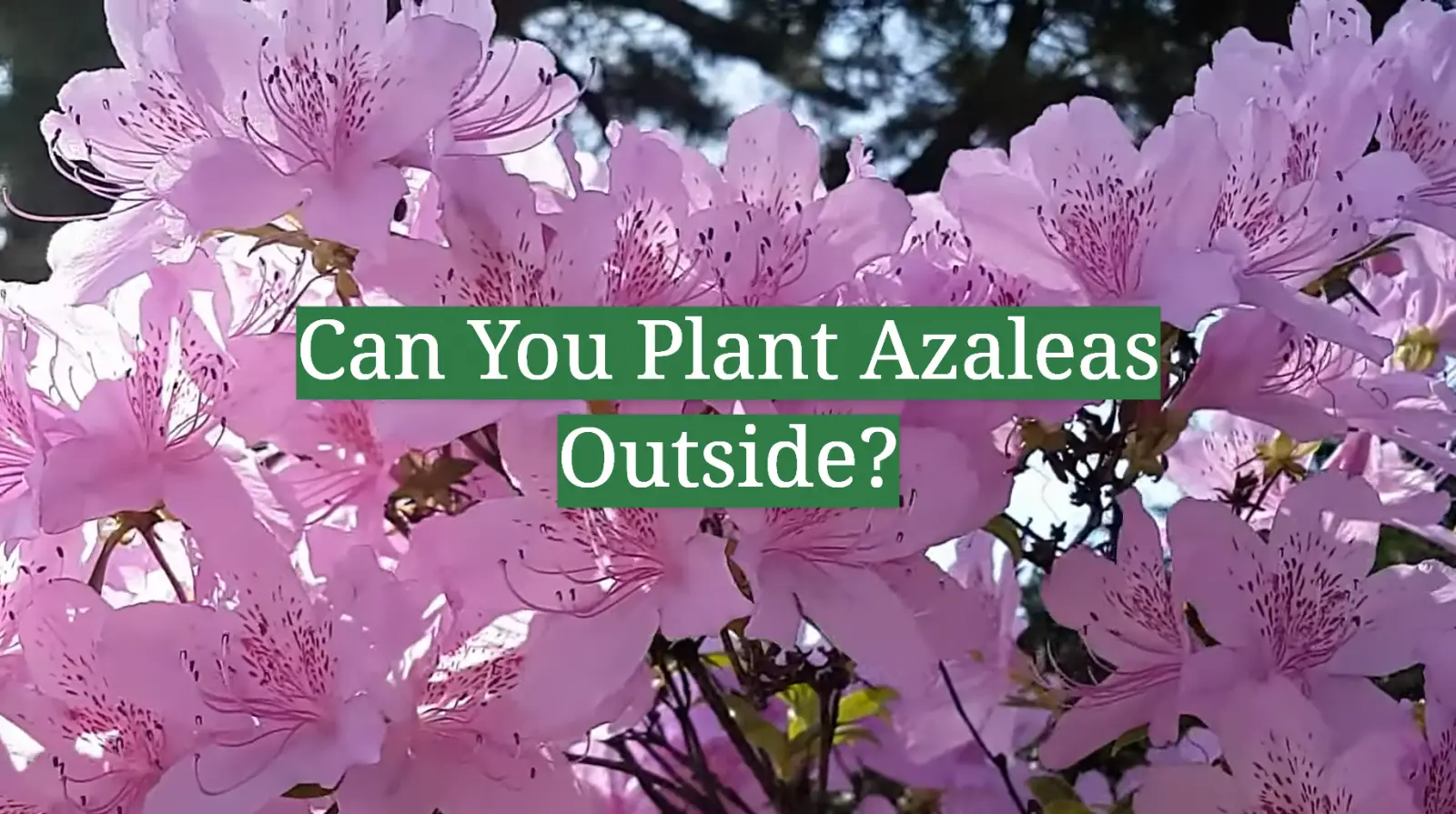
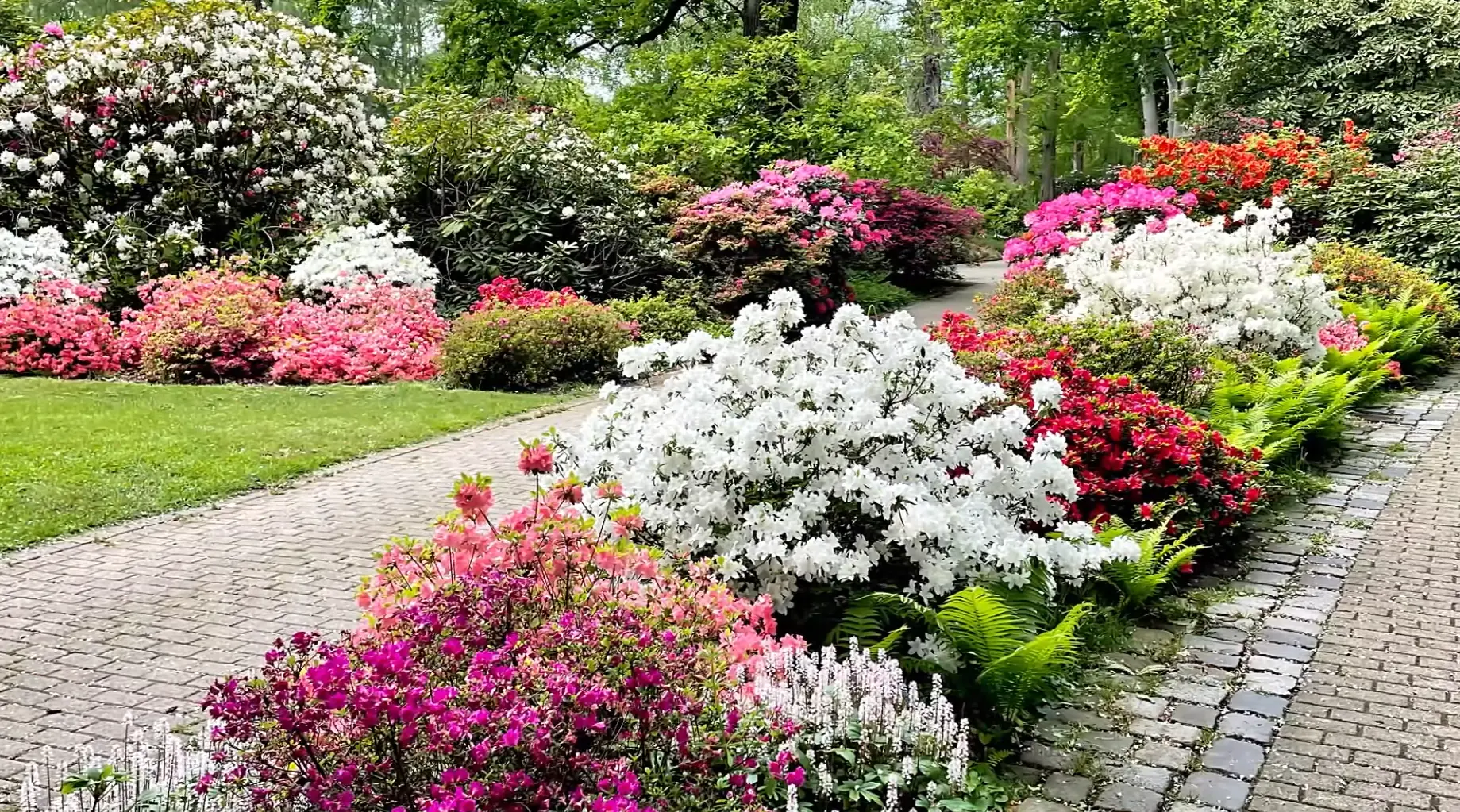




Leave a Reply
View Comments